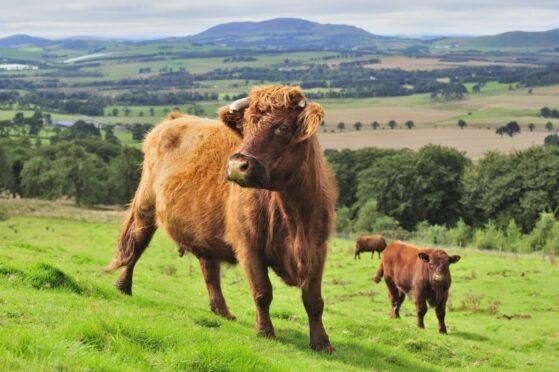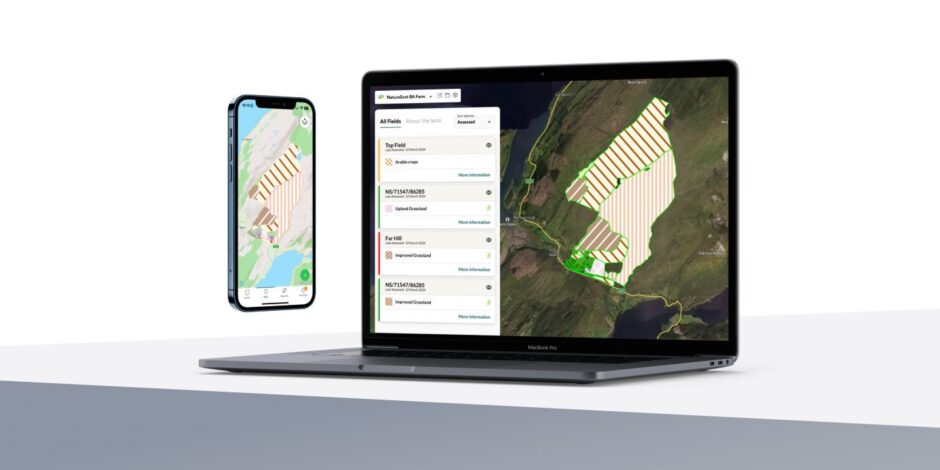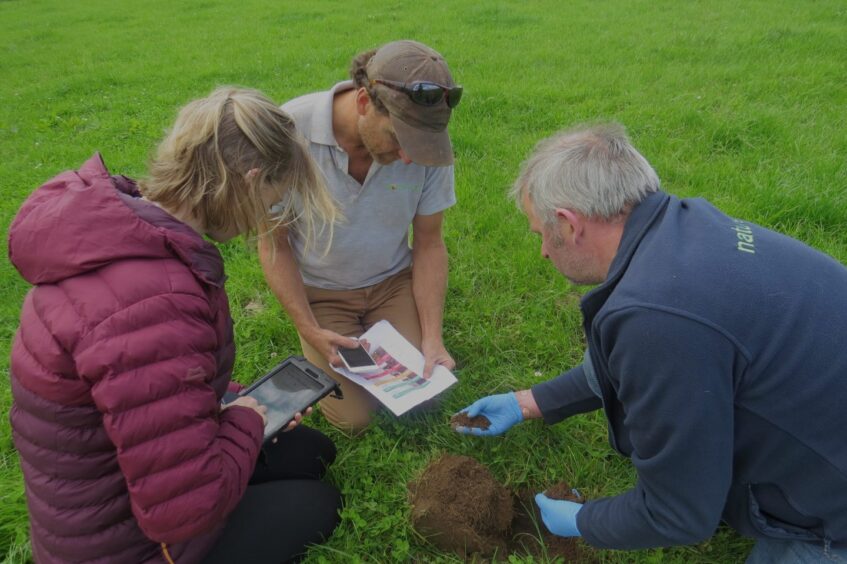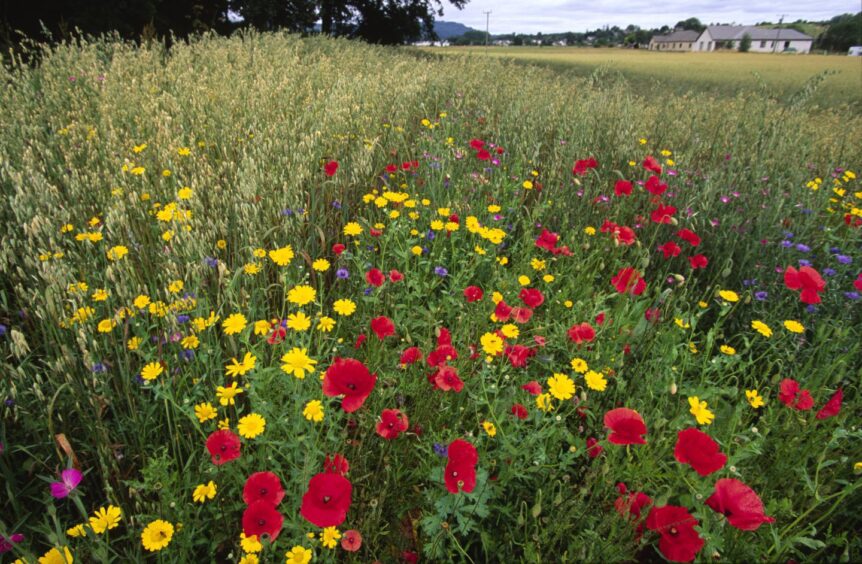Scotland’s farmers can play a pivotal role in the nation’s fight against climate change; in fact, they are often the first to feel its effects. Nature is in crisis – we have lost nearly 25% of our wildlife in the past 30 years and that affects not only habitats, but also how we grow our food. Many farmers and crofters are already using nature restoration and boosting biodiversity to build climate and business resilience.
-
Some Press and Journal online content is funded by outside parties. The revenue from this helps to sustain our independent news gathering. You will always know if you are reading paid-for material as it will be clearly labelled as “Partnership” on the site and on social media channels.
This can take two different forms.
“Presented by”
This means the content has been paid for and produced by the named advertiser.
“In partnership with”
This means the content has been paid for and approved by the named advertiser but written and edited by our own commercial content team.
The Scottish Government has tasked NatureScot with developing a tool to help farmers and crofters improve the level of environmental knowledge they can easily access, allowing them to decide the best measures to use on their land.
Working with farmers and crofters, they are testing a biodiversity audit and app which can be used on your laptop or phone and should be ready for wider use in 2025.
Claudia Rowse, Deputy Director Green Economy at NatureScot, said: “There’s about 30% of farmers who claim public support in Scotland who are already working….. to improve biodiversity. So, it’s not going to take a huge change to get it into the mainstream and that’s when we will really see improvements in nature.”
New app makes sustainable farming easier
They are showcasing the digital tool at the Royal Highland Show this month. Farmers can assess the levels of biodiversity on their land. The audit will be available via the Farm Biodiversity Scotland app and online. It is the result of several years collaboration with farmers, using NatureScot’s environmental expertise, to develop an easy to use tool.
Claudia continued: “We’re really excited about that. It’s a simple tool that farmers can put in their pocket and use themselves rather than the agri-environment schemes of the past 10 or 20 years that have been so complex that farmers have had to outsource them to ecological experts. This will be intuitive.
“It’s a four-step process to map, measure, manage and monitor what you’ve got. To start with, it will just be the first two steps where farmers will map and measure what is on their land.”
The third step will see the app suggest activities which will improve the quality of habitats. That could be of huge benefit to farmers as future funding increasingly supports nature restoration measures.
Changes will help bottom line
And that points to another important factor in the process. At the heart of NatureScot’s drive is an understanding that this can seem daunting to farmers, particularly when money is tight. But done right farming with nature should in fact improve the bottom line.
Claudia adds: “A lot of farmers haven’t realised that farming with nature can improve your soil health, make you more resilient to climate shocks and help you cut your input costs which improves your profitability. It can be win-win.”
As an example of this, Claudia points to Mossgiel Farm in Ayrshire, which was struggling to make profits before transitioning to more sustainable practices.
Claudia said: “They completely changed their system and cut their input costs hugely. They have become financially viable again and nature has come back on the farm. These stories are so powerful; you can make that transition.”
Sustainable farming will bring nature back
From next year preparing a Whole Farm Plan will be a mandatory condition for accessing future funding. The plan includes a carbon audit, soil analysis, an animal health and welfare plan, an integrated pest management plan and a biodiversity audit. In the future farmers can achieve this with the tools NatureScot has handed them and the potential benefits are huge.
Claudia concludes: “Farmers and crofters can be the main drivers of nature restoration. I’d love to see farmers recognised for that. We’re going to see nature coming back. We’re going to see more pollinators, better water retention, better soil health. It’s a future that will be good for Scotland, good for farmers and essential for the planet.”




